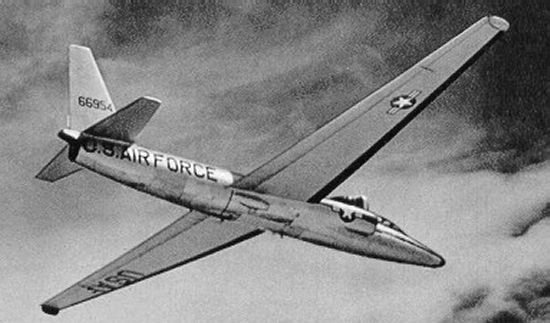 On May 1, 1960, at the height of the Cold War, the Soviet Union brought down an American U-2 spy plane piloted by Francis Gary Powers. The U.S. government’s first reaction was to construct a believable cover story to conceal its program of high-altitude surveillance missions over the Soviet Union.
On May 1, 1960, at the height of the Cold War, the Soviet Union brought down an American U-2 spy plane piloted by Francis Gary Powers. The U.S. government’s first reaction was to construct a believable cover story to conceal its program of high-altitude surveillance missions over the Soviet Union.
Powers began his flight from an airfield in Pakistan, but both he and his aircraft were stationed at Incirlik Air Force Base in Turkey, the main U-2 base in the region. Powers was there as an (ostensibly) civilian pilot assigned to the Second Weather Observational Squadron. The closest U.S. diplomatic facility was our consulate in Iskenderun, Turkey, where Foreign Service Officer Beauveau “Beau” Nalle was serving his first overseas tour. (In 1961, the consulate would be moved to Adana, only a few miles from the air base.)
In a 1994 interview with Thomas Dunnigan, Nalle relates an encounter with Powers and recalls the various cover stories the U.S. government provided to explain the presence of the U-2 aircraft in the region — before the Soviets put Powers on television and the United States government went public with more accurate the details surrounding the crisis. Nalle’s story provides a glimpse into an age of espionage, revealing the amount of secrecy that existed even within governmental organizations.
Read Nalle’s full oral history HERE.
“When he was shot down, I thought to myself, yes sir-ee there’s no consular office in Central Russia.”
NALLE: The body of the letter said — “It is requested that the passport number so-and-so of Francis Gary Powers be renewed early since Mr. Powers frequently travels in areas of the world where U.S. consular services are not readily available.” And about a month later when he was shot down, I thought to myself, yes sir-ee there’s no consular office in Central Russia.
“They had sort of three different cover stories…”

Actually I was on the base the day that the bird had been shot down. It was pretty exciting. You used to see, what do they call them? The thing he’d flown? The U-2. You used to see those things flying around Iskenderun quite often.
They had sort of three different cover stories. The first one was, what airplane? We never saw anything. The second cover story was, yeah, it’s a special high altitude research plane that we’re using for weather reconnaissance. [Note: The U-2 actually was used at times for weather research.]
The third one, if you had every clearance known to man and a few more, they would admit that what the thing used to do was to fly up along the Russian border, but still well within Turkey’s airspace, analyzing Russian ground to air defenses and what they call “quick alert reaction” or “quick reaction alert.” To see how long it would take to scramble the Russian air force when a hostile aircraft flew into radar view.
The original story they handed out was that the airplane crashed inside Turkey. And I told the guy who was my contact up there, the Deputy Commander, that both the consul and I knew that area intimately. We traveled there a great deal, we knew the governors, we knew the police officials, and if we could do anything by going out on the spot, we’d be very happy to do so. But it all came out in the mail, in the laundry, so to speak. We never did anything more.
Drafted by Tyler Ventura
